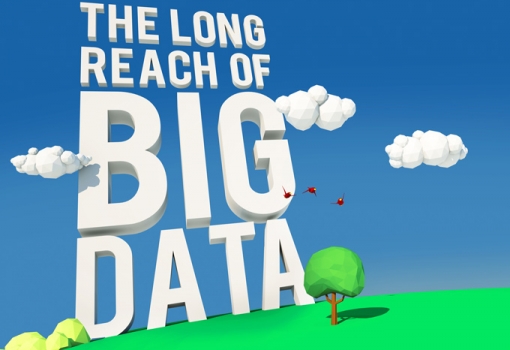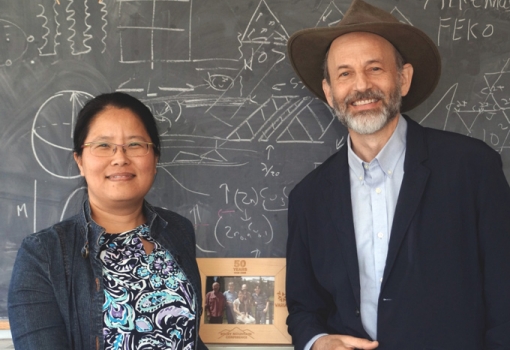The many faces and forms that teamwork takes to make UC Santa Barbara great.

In This Issue:

With machine learning and massive computing power to mine them, giant data sets open new worlds of meaning.

They’ve learned to collaborate (clockwise from center left): Kaila Mattson, Jonathan Klamkin, Anton Van Der Ven, Luke Patterson
UCSB graduate students benefit from working on the front lines of collaborative research.

Illustration by Brian Long
How a team came together to create an innovative biomedical device.

David Henke B.A. MATHEMATICS, 1978. Illustration by Brian Long
David Henke spent 35 years building and managing teams for Silicon Valley tech giants.

Illustration by Peter Allen
Like vortices of innovation, UCSB centers attract diverse researchers who share interests.

Illustration by Peter Allen
UCSB’s collaborative approach consistently earns large awards from major science initiatives.

By the numbers (clockwise from top left): Glenn Fredrickson, Igor Mezic, Chris Van de Walle, Scott Shell, Linda Petzold.
Their unique tools make applied mathematicians the indispensable chameleons of interdisciplinary research.

A grant to develp tiny, powerful photonic circuits for measuring atmospheric gases from space.

Professor Baron Peters
Chemical engineer Baron Peters surveyed his field and saw some key gaps — so he wrote a book to bridge them.

(Mega)magnetic personalities: Songi Han and Mark Sherwin. Photograph by Sonia Fernandez.
UCSB researchers' achievement is a promising step for for more-powerful magnetic resonance imaging.

A bear and her cub as photographed by a remote camera "trap" at a Sedgwick Range Reserve watering hole.
A system created by UCSB computer science professors incorporates machine learning to organize millions of photographs for ecologists.

With 5G expected to roll out in 2020, UC Santa Barbara's Mark Rodwell is already thinking about what could become 6G.





















